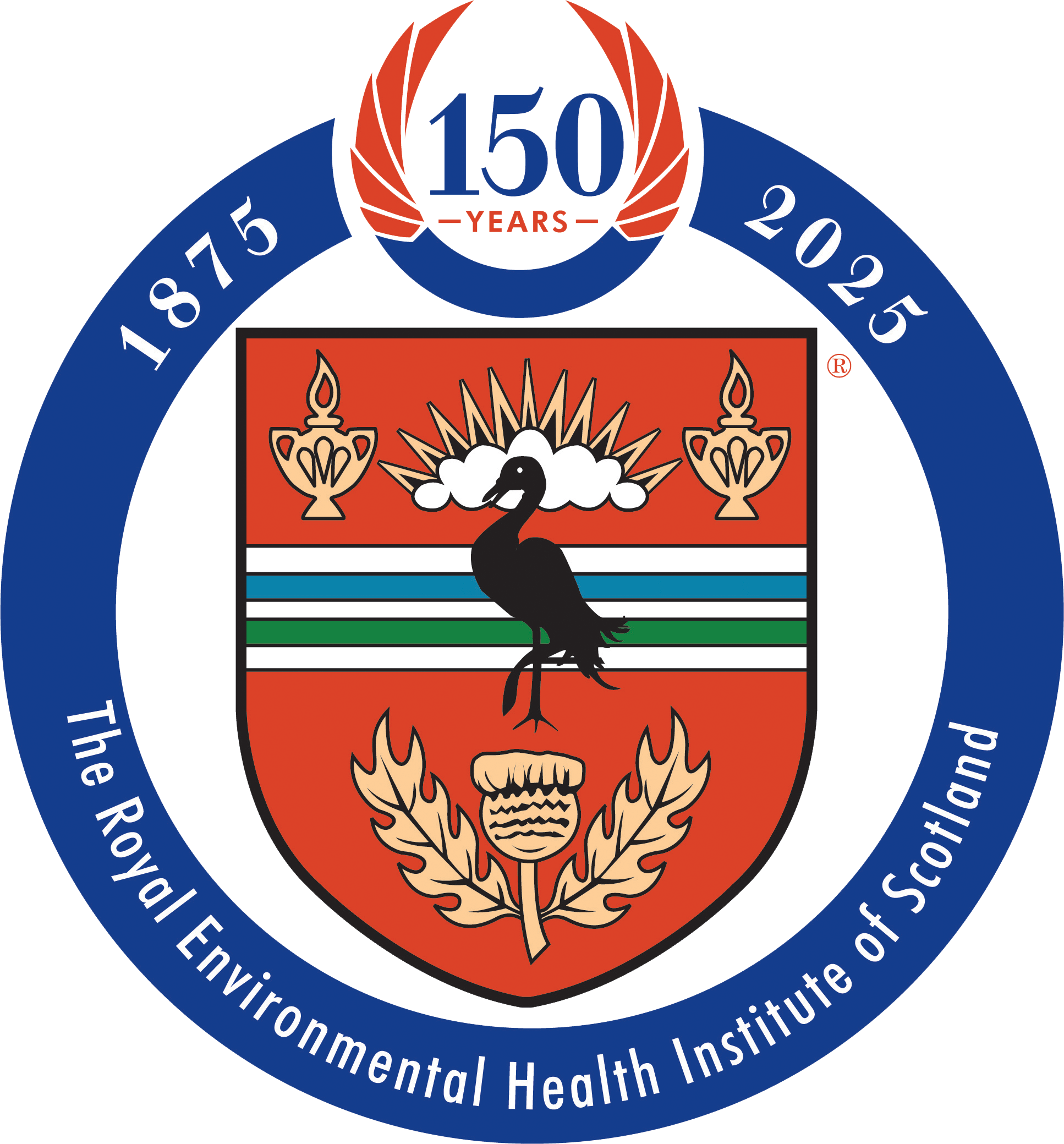Message from REHIS President Alan Morrison

Dear REHIS members
I am delighted to be taking up the role of REHIS President, in the Institutes 150th year and thank you for your continued support to our professional Institute. It seems a long time ago since I embarked on my environmental health career with Moray District Council with the ambition to make a difference to public health, help people, have an enjoyable job and, one day maybe, be President of REHIS. Thanks for giving me this opportunity and will work hard to support the work of REHIS and serve you, as we rely on your membership.
One of our early priorities was considering how we celebrate our 150 years of REHIS (established in 1983 after the merger of the Sanitary Association of Scotland (founded on 20 January 1875) and the Scottish Institute of Environmental Health set up in 1973). My thanks to all members of our Working Group and our plans were highlighted to members in a communication from the Chief Executive and via this link CELEBRATING 150 YEARS OF PROTECTING THE SCOTTISH POPULATION – REHIS. This will cumulate in our 150-anniversary Forum (“Reflecting on the Past, Looking to the Future”) and dinner in September, when the Institute timeline will be launched.
Other priorities for this year include the Institutes finances, the qualification pathways to environmental health including discussions on the degree and possible MSc route; engaging with our members, training centres and stakeholders; and delivering our Strategic Plan. The current financial climate has impacted many businesses, local authorities and families, and REHIS is no different. We rely on healthy membership levels and income from our community training program to deliver and extend the professional qualification/ competency of the profession, support you and to promote environmental health. Work is ongoing in both these areas. Retaining your membership and attracting new members is essential and our Membership Action Plan seeks to target these areas. Your continued support and REHIS membership would be appreciated, and I encourage you to promote the benefits of REHIS membership to your peers and welcome your ideas on what more REHIS can do for you.
I look forward to working closely with our Senior Vice President, Lindsey-Anne McNeill, our Junior Vice President, John Murray; members of Council (old and new) and all members on a very busy programme of work in the coming year.
Let’s all work together in promoting the profession, the Institute and celebrating our 150th year!
Continuing Professional Development
CPD submissions for calendar year 2024 require to be with the Institute by 31 January 2025.
The Institute’s Scheme of CPD provides a way for Members of the Institute to evidence their ongoing professional development in an independently assessed way. For EHOs this also offers a means to achieve Chartered EHO status. We encourage all members to submit their CPD through the REHIS website, members only section. For information about the updated CPD scheme please CPD – REHIS
Community Training
The Institute is holding the Presenters Update Seminar (in person) on 12 March 2025 at the COSLA conference Centre, Edinburgh. Provisionally scheduled are a variety of speakers from Industry, Environmental Health, Allergy Action, the Suzy Lamplugh Trust and REHIS to present on a wide range of topics in Food Hygiene, HACCP, Health and Safety and other related topics. The booking information has been sent out to all centres but for more information, please contact the Director of Training.
REHIS Staff Vacancies There are two vacant positions at REHIS, please see details here Vacancies – REHIS. If anyone is at all interested in either of these positions, but wish more information, please contact the Chief







